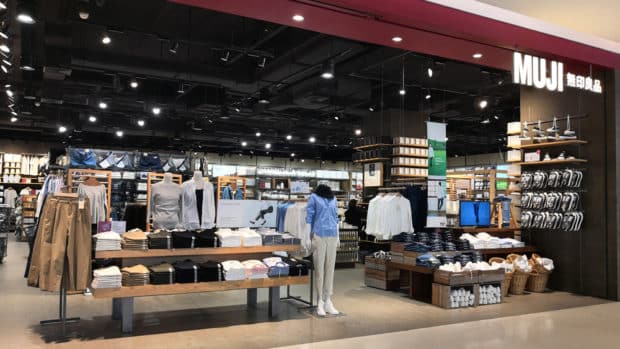It’s no secret that many merchants are struggling in the current
economy. “Retailers will have to become more adept at
spotting consumer trends early and reacting to them, flexing
product mixes toward more successful ranges,” advised
Matthew Piner, retail analyst at Verdict Research, in a release
promoting a study he co-wrote. “They will need to learn to
diversify sales into complementary areas wherever
possible.”
Three direct merchants putting at least some of this into
practice are Isabella Oliver, Figleaves, and Clifford James.
Isabella Oliver, known for its upscale maternity apparel, in
March launched a nonmaternity clothing range called 365. In April
lingerie etailer Figleaves expanded into womenswear as well,
reportedly investing £1 million in the launch of its
own-label offering; it also started selling childrenswear.
According to published reports, Figleaves is aiming for
nonlingerie apparel to account for 30 percent of sales within a
year. Also expanding its women’s offering is menswear cataloguer
Clifford James, which debuted a dedicated womenswear catalogue
this spring.
“The biggest asset home shopping retailers have is their
customer database,” says Leon Bailey-Green, an online
fashion retail consultant. “It’s more cost-effective to
upsell and cross-sell to current customers than it is to reach
out to new audiences.” In the case of Figleaves, he says,
the company has “built up a massive amount of trust, so
[customers are] willing to try out the new womenswear. We must
remember there are also shoppers that will only buy lingerie in
store. By branching out they have effectively opened up to a new
market.” He adds that it’s also important for Figleaves to
show its competitors and the retail industry at large that it is
an active and forward-thinking company.
Retail consultant Meg Macmillan takes a more cautious stance.
“Expanding into new product categories is always fraught
with uncertainty,” she says. “The most successful
ventures have been those that built on existing core strengths of
the brand, building on customer confidence in quality and value
and offering products that were a natural progression and held
true to the brand values.”
What’s more, Macmillan says, “convincing even the most
loyal customer to buy something new is not easy”. Whilst it
is tempting to broaden the product offering, especially by using
the relatively low-cost online channel, “it can be an
expensive test, as the cost of liquidating stock to a customer
base that has not responded can be high.”
But Bailey-Green believes that as long as companies understand
their customers’ lifestyles, broadening the offer can work.
“The key here is for retailers to prove to customers that
buying a complementary product will increase, enhance, or protect
the value of what they’re buying already. Customers are looking
for value, not just in terms of money but also in what they’re
getting for it.”
Published: 1st June 2009








Share